10 best Croatia holiday destinations – and when to travel to each one
The Adriatic country is home to some of Europe’s most underrated cities
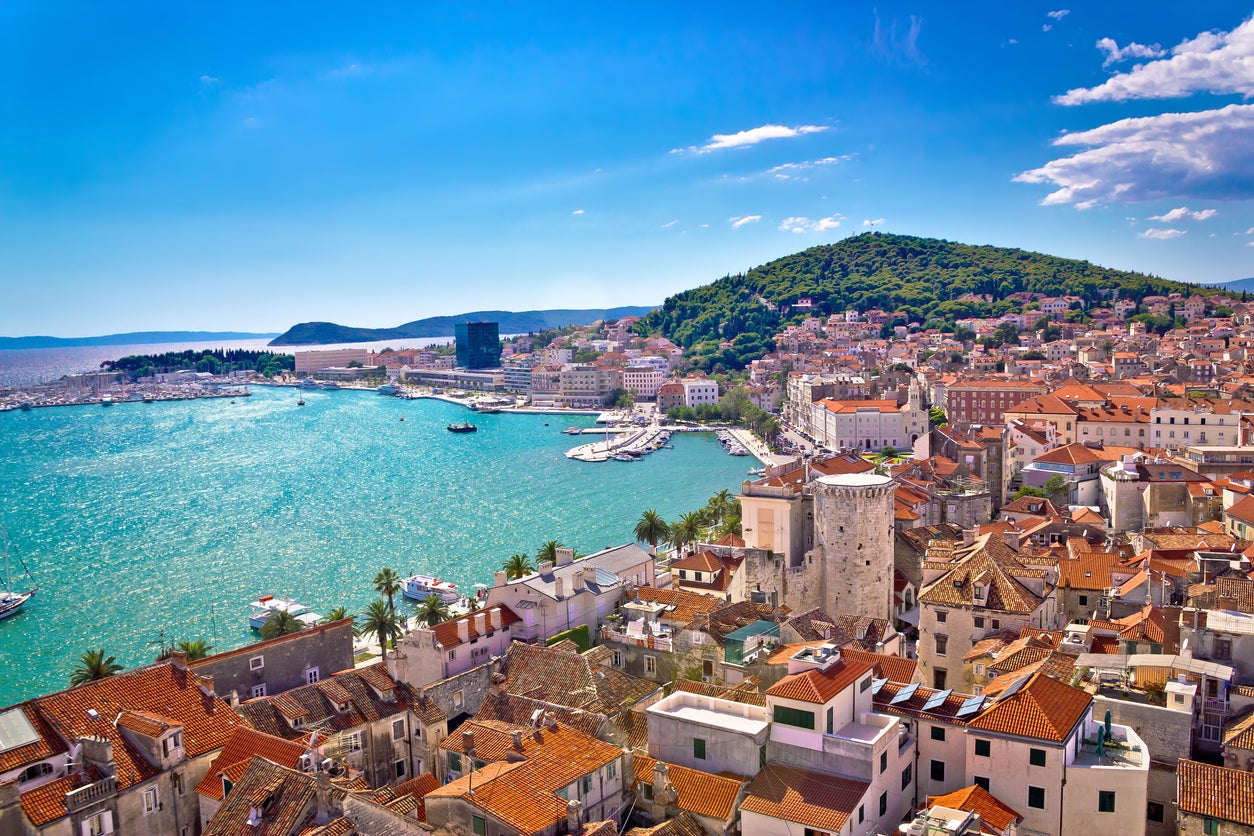
Your support helps us to tell the story
From reproductive rights to climate change to Big Tech, The Independent is on the ground when the story is developing. Whether it's investigating the financials of Elon Musk's pro-Trump PAC or producing our latest documentary, 'The A Word', which shines a light on the American women fighting for reproductive rights, we know how important it is to parse out the facts from the messaging.
At such a critical moment in US history, we need reporters on the ground. Your donation allows us to keep sending journalists to speak to both sides of the story.
The Independent is trusted by Americans across the entire political spectrum. And unlike many other quality news outlets, we choose not to lock Americans out of our reporting and analysis with paywalls. We believe quality journalism should be available to everyone, paid for by those who can afford it.
Your support makes all the difference.With a mix of Venetian-influenced cities, ancient walled Old Towns, spectacular coastline and over a thousand islands, Croatia is a unique blend of natural beauty and architectural elegance.
Its popularity with foreign visitors has increased dramatically in recent years, with tourist numbers rising in the last decade from 10.4 million in 2010 to a record 19.6 million in 2019.
With warm weather arriving as early as spring in some parts of the country, the summer brings average temperatures in the mid-20s in many areas, with largely sunshine-filled, rain-free holidays making it an incredibly attractive destination.
Many visitors will want to experience the marble streets and medieval walls of Dubrovnik or the palm tree-lined waterfront of Split, but Croatia has several lesser-known destinations that are also just as worthy of a trip, from islands like Korcula to a range of National Parks such as Plitvice. For anyone wanting to explore this Adriatic gem, the places below are a good starting point.
Zagreb
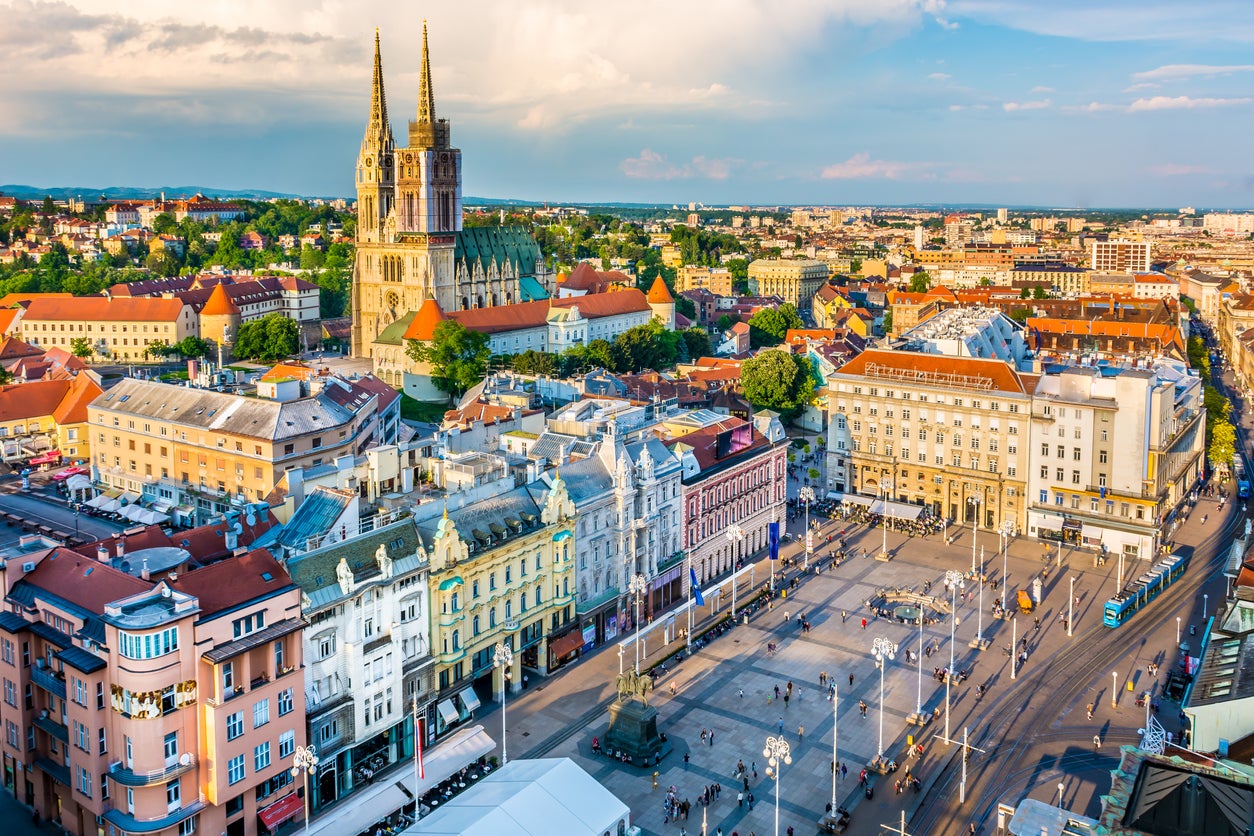
While Zagreb may be occasionally overlooked in favour of coastal destinations and islands, it is worth a visit to experience Croatia’s laid-back capital. Sit in its medieval Upper Town, filled with cobbled streets and buildings of local significance, or wander the streets of the Austro-Hungarian influenced Lower Town. Tkalčića is the city’s main street – a picturesque mix of cafes, bars and restaurants – while an array of quirky museums, such as the Museum of Broken Relationships, also awaits.
When to visit Zagreb
This is one Croatian destination where the temperature drops significantly in winter, so it’s best to stick to the summer when visiting the capital. August is the driest month, while daily average temperatures of 22C will keep you warm without being sweltering.
Where to stay
Set in a converted 1920s bank, the Hotel Capital has retained many period features in its reception and restaurant areas. The rooms are spacious with minimalistic interiors, while its Lower Town location makes a great base for exploring the city.
Dubrovnik
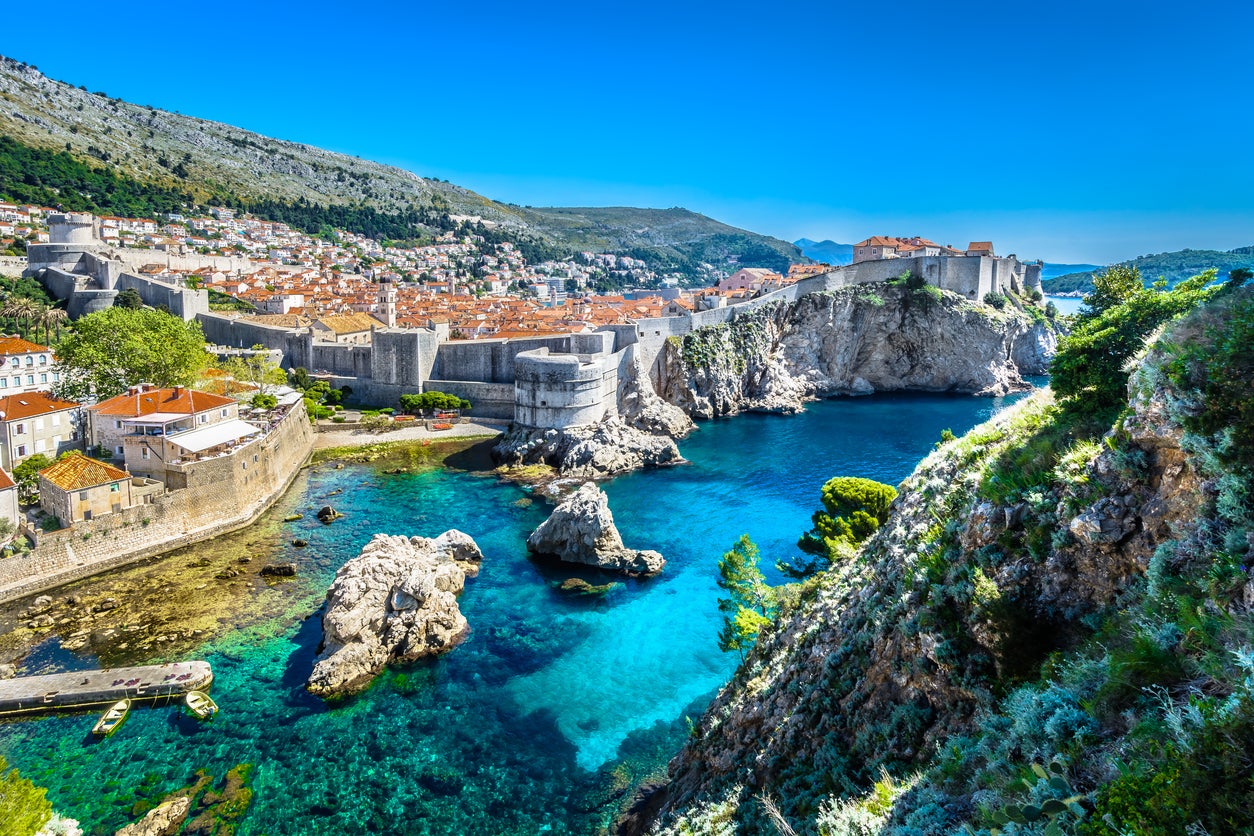
Perhaps the country’s most well-known destination, Dubrovnik is located in the Dalmatian region in the south and boasts a spectacular medieval walled Old Town. The 16th-century walls surround an area that is paved with limestone, lined with shops and restaurants and home to Baroque, Renaissance and Gothic buildings, surrounded on one side by the rugged coastline and turquoise waters of the Adriatic. There are several appealing beaches (including Lapad and Copacabana), while the Lovrijenac Fort has grown in popularity due to featuring in Game of Thrones as the Red Keep.
When to visit Dubrovnik
High season brings a very high numbers of tourists and the warmest temperatures, so consider visiting in June or September. Rainfall is low and sunshine hours are high, with average temperatures around 24C.
Read more: The most beautiful places in Dubrovnik
Where to stay
While you’ll inevitably spend a lot of time in the Old Town, the crowds can become irritating. Instead, opt for a stay by the sea at the Dubrovnik Palace, a hotel with three swimming pools and a secluded beach, where all the rooms have sweeping sea views.
Read more: Best hotels in Dubrovnik
Split
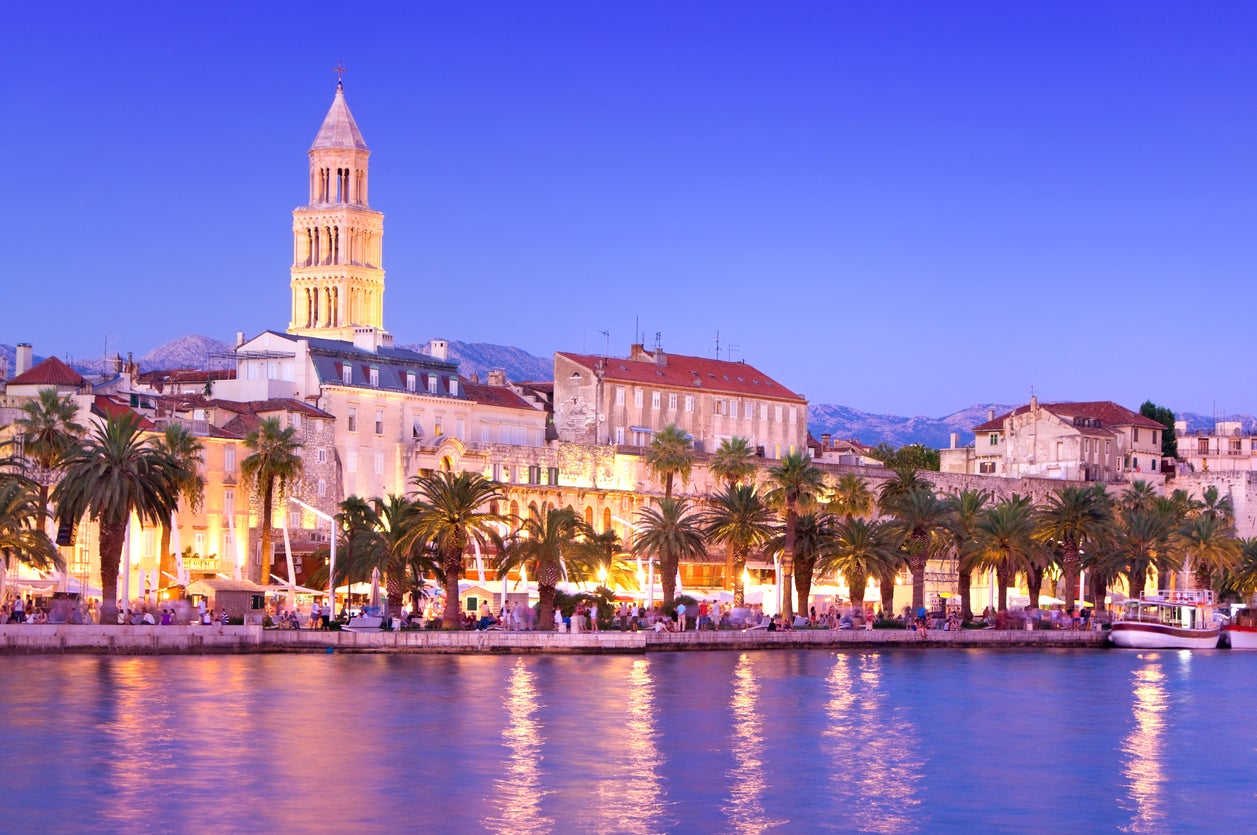
Croatia’s second-largest city is a mix of eclectic architecture, coastal beauty and a wide range of historical influences. You’ll find some of the best-preserved examples of Roman and Venetian architecture outside of Rome and Venice, a mazy Old Town and buzzing beaches such as Bacvice. The city thrives on its pedestrianised areas, filled with shops and restaurants.
Diocletian’s Palace is a large complex that makes up half of the Old Town, while the Marjan area and Matejuška port are other popular daytime and evening hangouts. If you’re staying for a while, the scenic harbour is also the gateway to some of the country’s best islands: Hvar, Brac, Vis and Korcula.
When to visit Split
To avoid crowds while still experiencing the city’s great weather, consider visiting in May or June. Average temperatures will hover between 20C and 23C, while it only rains for five days on average.
Where to stay
Found in an old stone building within Diocletian’s Palace, the Murum Heritage Hotel provides a unique blend of modern interiors and period features.
Read more on Europe travel:
Hvar
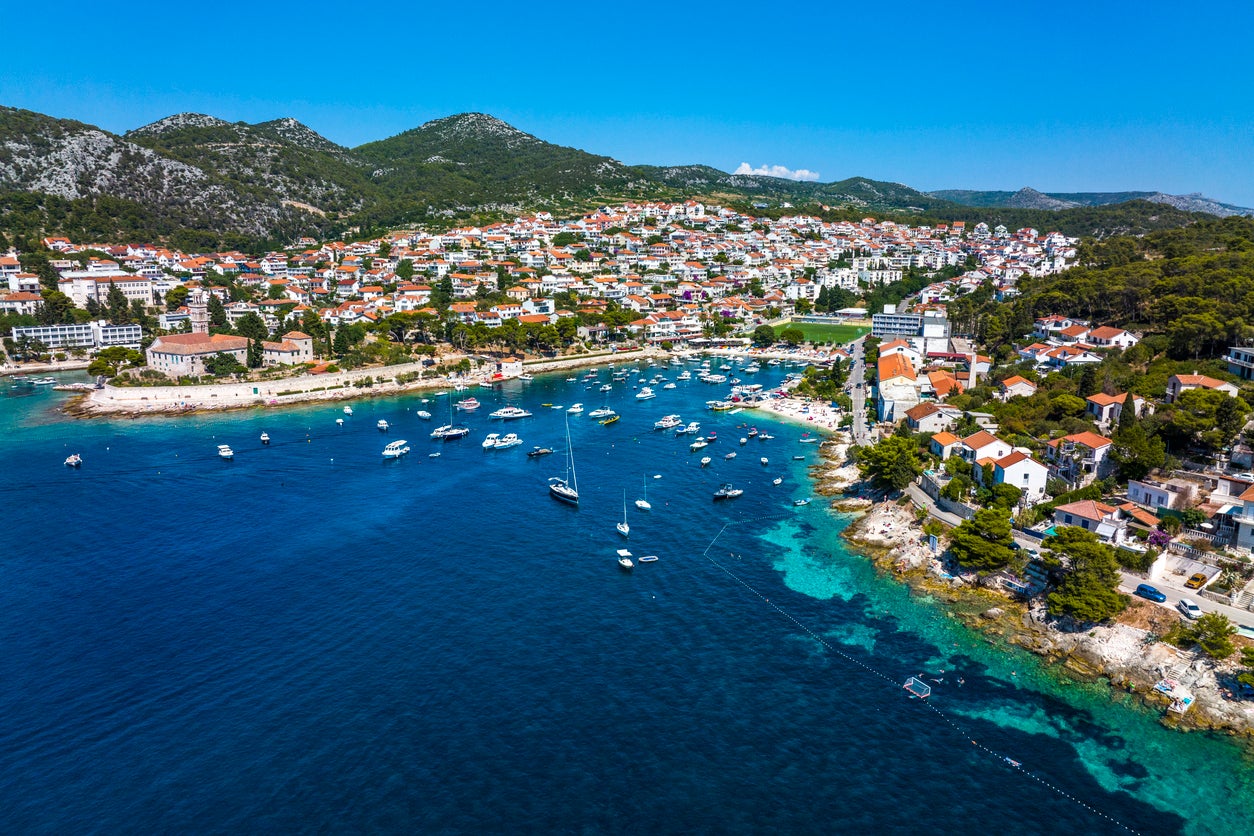
A popular summer resort and one of the country’s best-known islands, Hvar lies roughly an hour south from Split by boat. Hvar Town is the main settlement on the island, where the medieval Fortica castle looms over a variety of Venetian architecture and the bustling St Stephen’s Square in the town’s Stari Grad (Old Town). Jagodna, Pokonji Dol and Bonj are among the best beaches on the island (though some choose to take a water taxi to the neighbouring Pakleni islands).
As well as stunning beaches and elegant architecture, Hvar is well-known as one of Croatia’s premier party destinations. Majerovića is a popular spot for daytime parties, while the town itself contains dozens of bars and clubs for evening drinks.
When to visit Hvar
May and June are again the best time to visit this area, as temperatures will stay below sweltering (averages are around 21C in May and 24C in June) and you’ll likely avoid the summer island-hopping crowds.
Where to stay
Located on the waterfront overlooking Hvar Town, the Adriana Hvar is a contemporary hotel complete with a spa and pool, with panoramic views of the surrounding area available from its roof terrace.
Rijeka
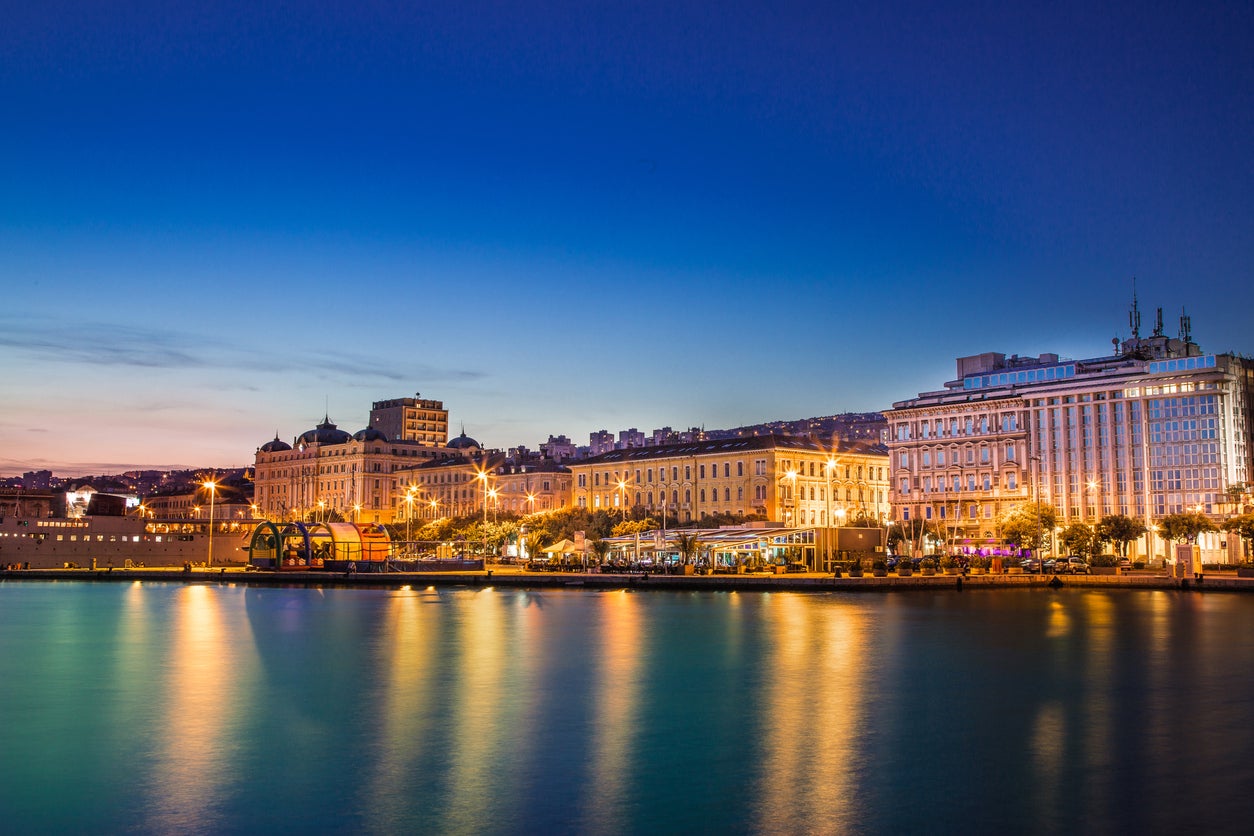
Yet another Croatian port city, Rijeka is often overlooked by visitors, but is more than worthy of a visit. It is a city influenced by a mix of Habsburg and Italian rule, where the country’s main port stretches along much of the seafront. The popular Korzo promenade provides locals and visitors with a wide paved street lined with a plethora of shops and restaurants. Unsurprisingly, its beaches are popular too; Kantrida, Sablićevo and Kostrena are recommended.
When to visit Rijeka
Rijeka recevies more rain than the country’s southern cities, but the driest month is July. Average temperatures are around 24C, and while it is the height of summer, it is still a good time to visit as the city doesn’t attract nearly the same number of tourists as Dubrovnik or Split.
Where to stay
The Teatro Suite & Rooms has a waterfront location near the centre of Rijeka, offering contemporary rooms.
Zadar

Zadar is a peninsular city, known for the historic influences that are visible in its Old Town. Roman streets house Venetian gates, cathedrals and castles as well as the city’s own Roman Forum, while part of the city’s defensive walls – themselves a Unesco World Heritage Site – is now a popular promenade area on the waterfront. As well as the usual enjoyment of Mediterranean and Adriatic food and wine, tourists here flock to see sunsets from the northwest area of the Old Town (complemented by the sounds and sights of the Sea Organ and Sun Salutation), while many will take the short trip to visit Plitvice National Park, a spectacular region of lakes, waterfalls and caves.
When to visit Zadar
Another city that benefits from being less popular than the country’s main tourist destinations, Zadar is best visited in June or July. These are the driest months, where average temperatures hover around 24C.
Where to stay
Hotel Bastion is a waterfront hotel built on a former 13th-century Venetian fortress, complete with harbour views, a spa, a fine dining restaurant and a lovely shaded terrace.
Pula
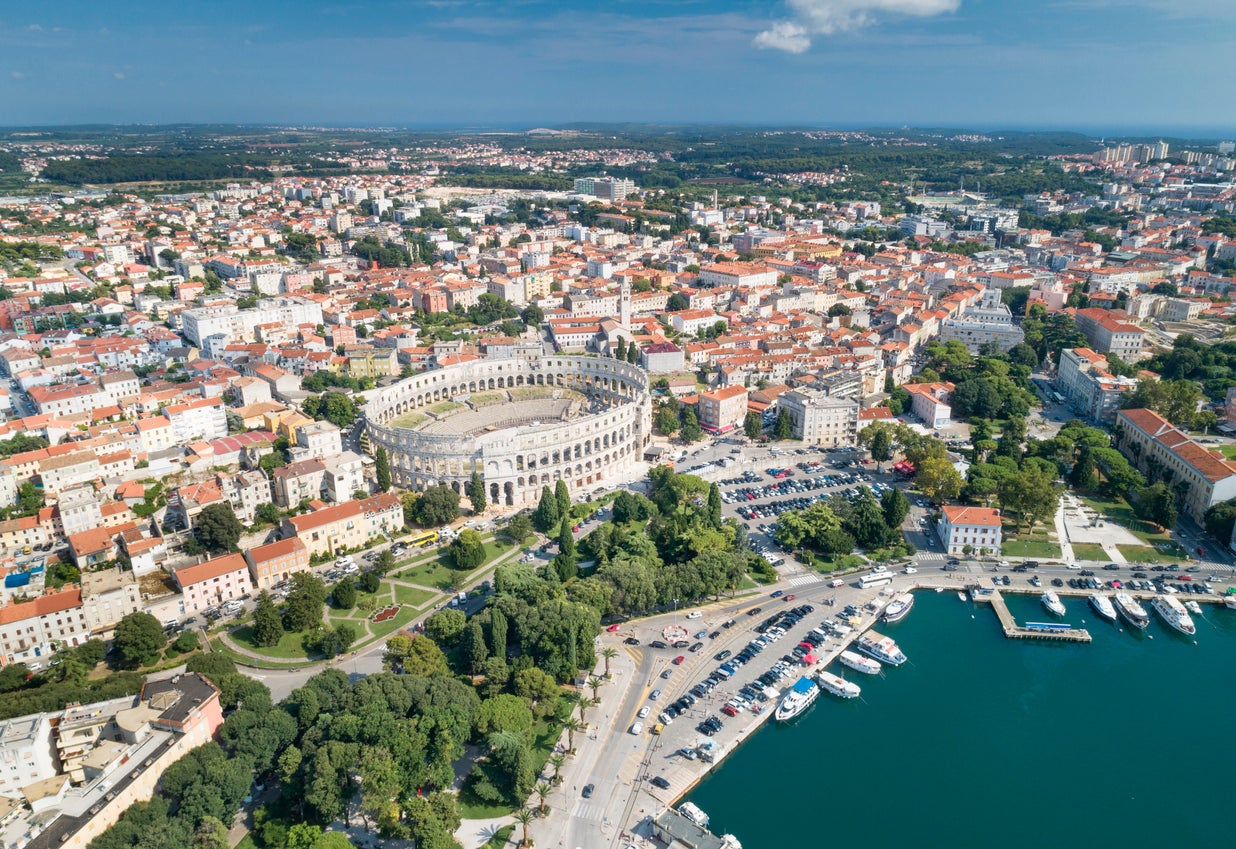
Pula is the largest city on the Istrian Peninsula – the largest in the Adriatic, shared by Croatia, Italy and Slovenia – and is home to the country’s best-preserved example of Roman architecture, the Pula Arena (an amphitheatre). Built over 2,000 years ago, the passages, tiers and galleries are the city’s main tourist attraction and even host screenings during the city’s annual film festival in July.
The Temple of Augustus and the outside Forum Square are the other main Roman features that remain in a city of russet-roofed buildings that was also heavily influenced by Venice and Austro-Hungarian rule. While simply wandering the Old Town could keep you busy for days, the Pulski Kaštel (a Venetian fortress), the church of St. Francis, the Zerostrasse tunnels and the city’s golden-sanded beaches are all worth visiting.
When to visit Pula
The weather here can really vary, so it is best to opt for a summer or early autumn holiday in Pula. June and September have the most pleasant weather, with average temperatures around 20C.
Where to stay
Located just outside of the city (just over half a mile from the Amphitheatre) and with its own private restaurant, bar and terrace, Hotel Milan offers a stylish and modern stay in a tranquil setting.
Korcula
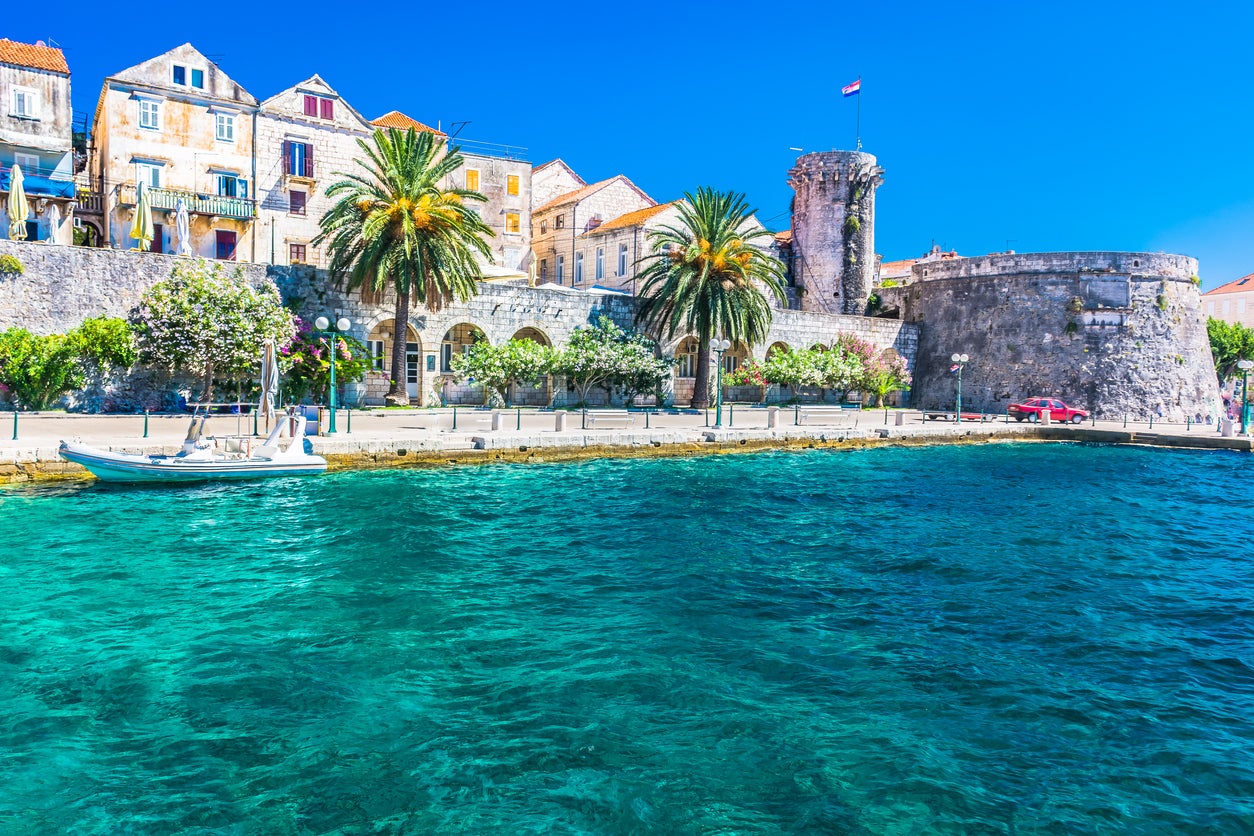
Korcula is a small but popular island that lies just south of Hvar (and next to Brac, another popular island destination). Populated by dense pine forest and several small towns and villages, its main visitor attraction is Korcula Town, a smaller alternative to the walled city of Dubrovnik. Like Dubrovnik, Korcula’s Old Town area consists of cobbled streets, towers, a cathedral and stone houses with red-tiled roofs, while many visitors also make a trip to the rumoured birthplace of Marco Polo. Away from Korcula Town itself, the island has several beach areas and other trip-worthy towns, including Vela Luka and Blato.
When to visit Korcula
The shoulder season months of June and September are a good time to visit, when crowds will be minimal and weather is still enjoyable – you can expect average temperatures of 22C.
Where to stay
The Korcula Heritage Hotel is situated right on the quay where the boats from Dubrovnik and Split dock, offering breathtaking views of over the sea. It is housed in a large stone villa, with a 150-person terrace providing mountain and sea views.
Zagorje
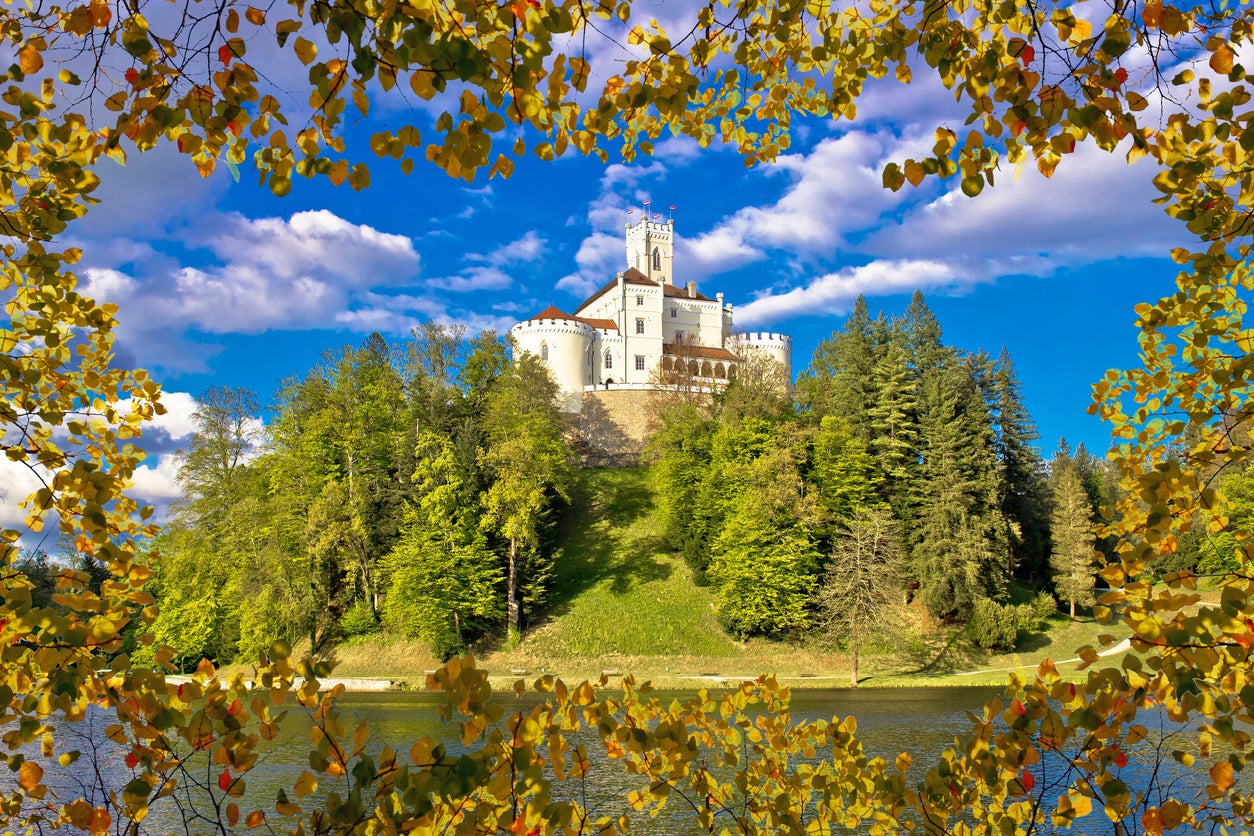
The Zagorje region is a rural area known for its castles, churches and lush greenery. It is popular with people from neighbouring Zagreb, and in recent years has opted to increase its focus on becoming a destination for rest and relaxation. It is an area of dense forest and rolling green hills, peppered by medieval castles and churches (of which Trakošćan Castle and the Shrine of Our Lady of Bistrica are the most well-known) and small towns including Krapina and Marija Bistrica. Visits here are pleasantly tranquil, although the area can get busy in the summer months.
When to visit Zagorje
July and August might be the busiest months, but they are also the driest and welcome average temperatures of 22C.
Where to stay
The Hotel Terme Jezercica is next to Medvednica Nature Park, less than 20 miles from Zagreb. This spa hotel contains four Finnish saunas, five indoor pools and three outdoor pools.
Read our reviews of the best Croatia hotels
Join our commenting forum
Join thought-provoking conversations, follow other Independent readers and see their replies
Comments